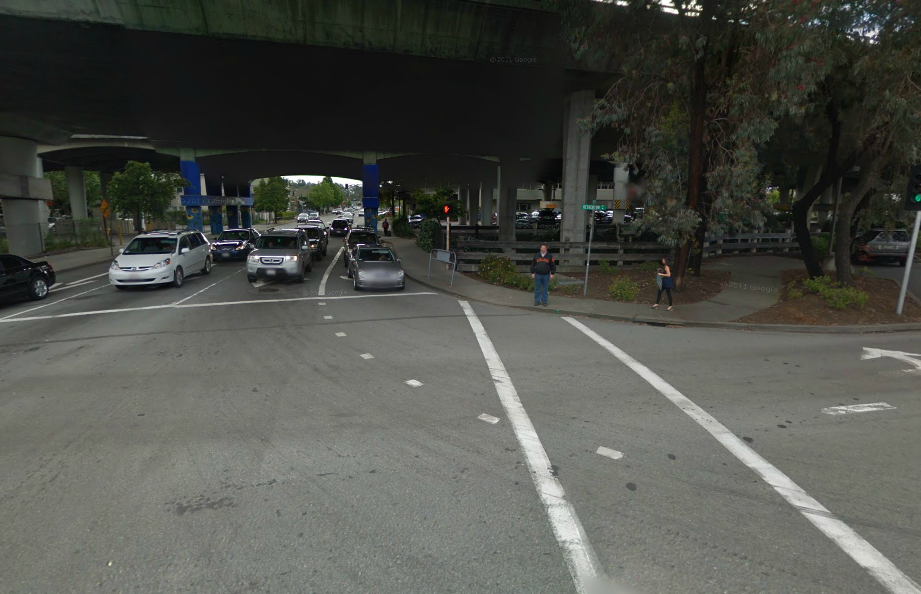With the death of Aura Celeste Machado on Point San Pedro Road still fresh in our minds, neighbors and safe streets activists are again calling for traffic calming on the high-speed thoroughfare. But they did the same two years ago when a driver killed Hailey Ratliff on her way home from school in Novato, and there were no substantial changes. Others rallied when a driver killed Olga Rodriguez on Heatherton in San Rafael last year, but nothing changed there, either. Will Celeste’s tragic death be the last straw?
Celeste was jogging around a fallen tree that hadn’t been reported to city maintenance workers when a driver hit her. Though she wasn’t killed instantly, doctors said she wouldn’t recover consciousness and her parents made the heart-wrenching decision to remove her from life support.
The section of road where she was killed is thickly peopled, with residential neighborhoods rising into the hills on one side of the road and commercial and other services descending on the other side into San Rafael Bay.
It is also a high-speed divided thoroughfare, with freeway-width lanes and a median barrier. The posted speed limit of 35mph means a typical speed of 40mph, and the forgiving roadway design means speeds of 50 and up are easy to imagine.
The speed and the design that facilitates it are important factors. At these speeds, any mistake by someone driving or someone walking is likely to mean death or life-changing injury for the person on foot.
Activists working with the elementary school have been trying to get a stop sign installed for years to no avail. A stop sign is the easiest form of traffic calming on a road like this, as it slows traffic down for a considerable distance around the sign as drivers decelerate and accelerate. It works well on D Street, as it slows drivers who have come down off Wolfe Grade on their way to downtown San Rafael.
We don’t know if a stop sign would have saved Celeste, but it would certainly have improved her odds. Though a collision at 40mph means almost certain death, a collision at 25mph rarely results in death.
The pessimist in me says nothing will change. We will pour out sympathies, again, and cry over the life cut short, again, but then still prioritize high-speed traffic over lives and safety.
I hope we can do more than shed crocodile tears.

